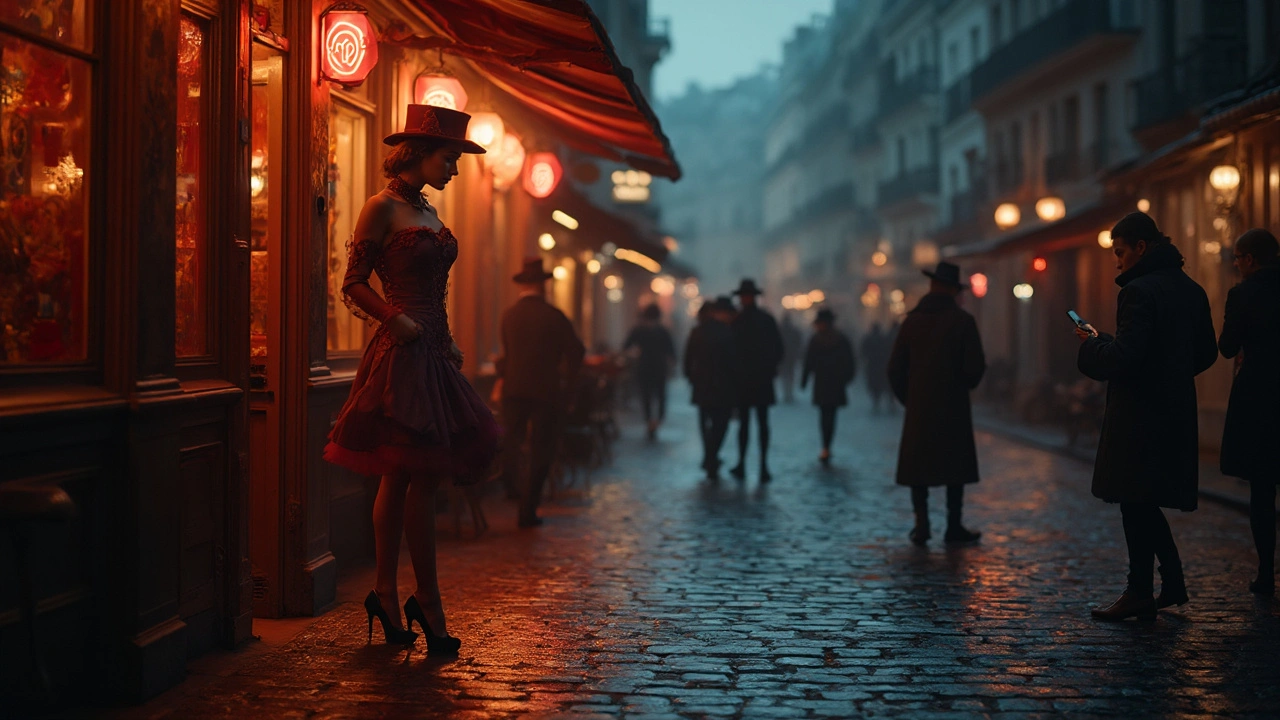Escorts History: From Classic Paris to Today
Ever wondered how the world of escorts got its current shape? It all started in old European streets, especially in Paris, where wealthy men met charming companions in hidden salons. Back then, the job was more about culture, conversation, and a touch of art than the quick meet‑ups you might think of today.
Old Roots: 19th‑Century Salons and Courtesans
In the 1800s, Paris was buzzing with salons hosted by famous courtesans. These women weren’t just beautiful; they were well‑read, knew politics, and could hold a witty debate. Clients paid for their intellect as much as for their looks. The arrangement gave both parties a safe space to exchange ideas, and it set a standard for what “high‑class companionship” meant.
At the same time, other European cities had their own versions. In Vienna, for example, “Viennese beauties” served diplomats, while in London, the term “lady of the evening” started to appear in newspapers. Each city added its own flavor, but the core idea stayed: a paid companion who could blend into elite gatherings.
Modern Shifts: Tech, Laws, and New Expectations
Fast forward to the 2000s, and the internet turned the whole scene upside down. Platforms let escorts create profiles, show photos, and list services without meeting a broker in person. This digital move gave clients more control and made the market easier to explore, but it also opened doors for scams and fake profiles.
Legal changes added another layer. In France, laws tightened around street prostitution while still allowing private arrangements. That pushed many escorts toward online booking and discreet agencies that focus on safety and consent. The result? A more organized industry where both sides can check reviews, verify IDs, and set clear boundaries.
Today, you’ll find everything from “VIP escort experiences” in luxury hotels to “mature companion” services that emphasize elegance and experience. The core appeal—companionship, conversation, and a break from daily routine—remains the same, but the tools and expectations have shifted dramatically.
If you’re curious about how history shapes what you see now, think of the old salons as the original networking events. Modern tech is just the new venue, offering the same mix of social connection and personal service, only faster and more transparent.
Understanding this timeline helps you see why a Paris escort today might quote classic literature during dinner, just like a 19th‑century courtesan did. The past isn’t gone; it lives in every polite exchange, every thoughtfully planned date, and every online profile that tries to capture that timeless charm.

